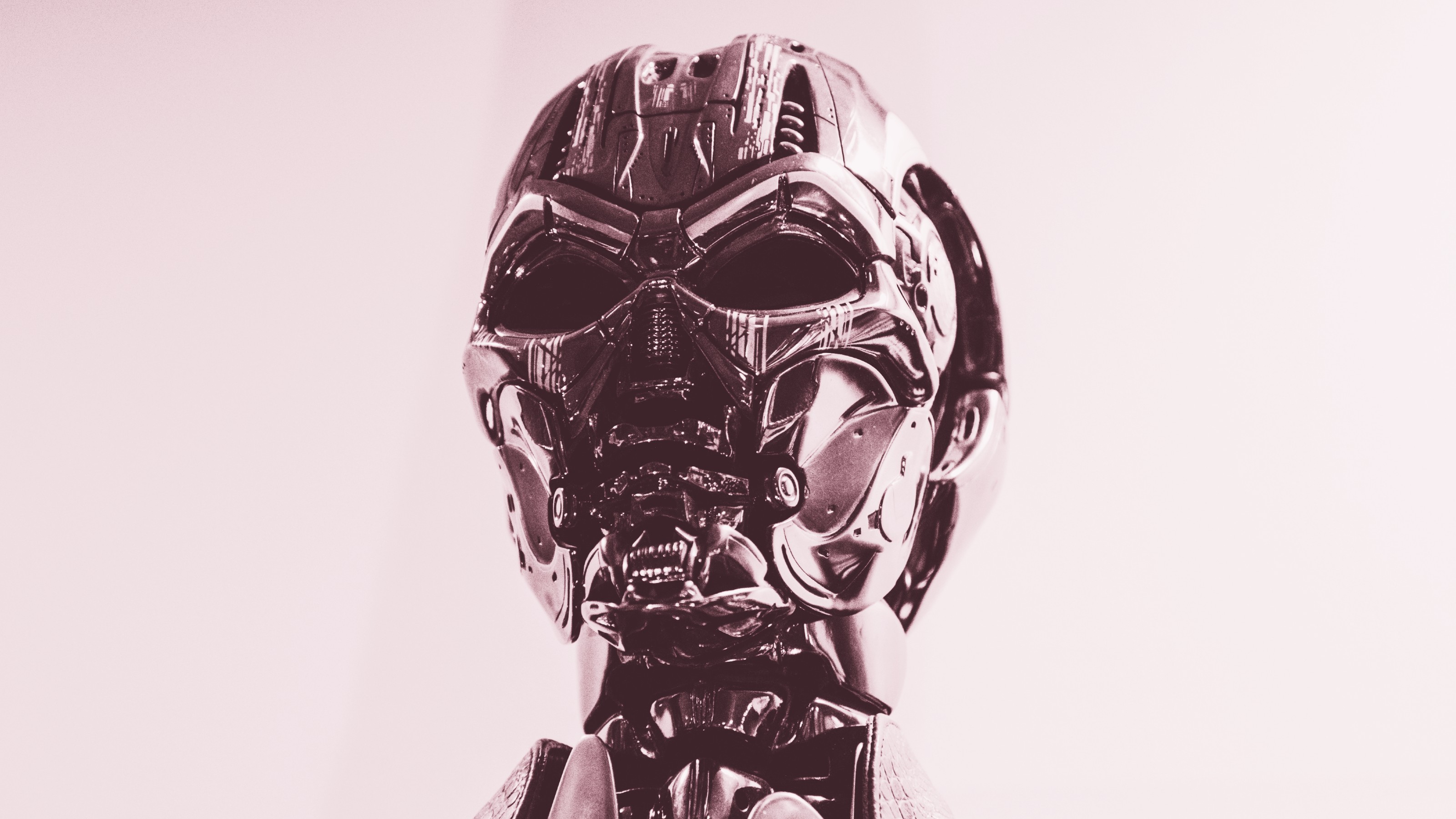Dr. Frank Wilczek is the newly announced recipient of the 2022 Templeton Prize, which, valued at over $1.4 million, is one of the world’s largest annual individual awards.
Dr. Wilczek is celebrated for his investigations into the fundamental laws of nature that have transformed our understanding of the forces that govern our universe. In this video, Dr. Wilczek explores the question, ‘does the world embody beautiful ideas?’ through science and humankind’s relationship to (and love for) symmetry.
“We can look at the record of what people have found beautiful, what they were hoping for in their understanding of the world with what the remarkable understanding of the world we’ve achieved in recent years looks like. And we can therefore frame a meaningful discussion and a meaningful question, a meaningful meditation, on the issue.”
The Templeton Prize was established by the late global investor and philanthropist Sir John Templeton. It is given to honor those who harness the power of the sciences to explore the deepest questions of the universe and humankind’s place and purpose within it.
Now, watch Dr. Wilczek’s Templeton Prize announcement video here.
FRANK WILCZEK: In the Industrial Revolution, it was a great discovery that the use of interchangeable parts was a powerful principle that would allow you to do mass production, to make things efficiently. And people worked hard to make precise machinery so that you could have these reproducible parts. Nature has been using that principle, however, for billions of years with great artistry to create the world around us.
People sometimes ask, "What does it all mean?" That's a very hard question to address because it's not clear what an answer would look like. The question that I found much more fruitful is: "Does the world embody beautiful ideas?" "What is the world and what is beauty?" What is beauty, is something that art and philosophy and human culture addresses. What is the world, of course, is the kind of question that science addresses.
We've gotten this extraordinary grip on the fundamental laws. They're very strange, but they have a kind of internal logic and beauty. Some of the things that people at the beginning of this adventure were hoping for, and had in their visions, was the idea that the world embodies harmonies. They were hoping that our sense of harmony somehow agreed with what nature likes to use in her construction of the world- the idea that symmetry and mathematical perfection provide the building principles that the world embodies. Einstein was a great hero of mine, and he's played an important role in my life. He advanced the idea that symmetry is what's very basic to the operation of fundamental law. Consider a circle: A circle is a very symmetric object.
You can rotate it around its center by any angle and, although every point on the circle may move, the circle as a whole doesn't change. And that's what makes it symmetric in the intuitive sense. You can change it, you can make changes on it, which might've changed it, but although they transform each part of it, don't transform the thing as a whole. The great advantage of that definition is that you can apply it in very broad contexts, not only to describing the symmetry of objects, but to describing the symmetry of physical laws or the symmetry of equations.
The idea that the laws of physics don't change as a function of time is also a symmetry. Symmetry is a very powerful constraint on our description of the world that nature seems to respect in many ways. The kind of symmetry that leads to quantum chromodynamics or general relativity or quantum electrodynamics is mathematically considerably more complex, but it's the same idea. There are transformations of the equations that change the different terms in them. So they might change an electric field into a magnetic field or a magnetic field into a combination of electric and magnetic- that change the way the equations look, but don't change their consequences.
That's the kind of equations that are like the circles among equations; are ones that have this symmetry property. What leaps out from profound understanding of the fundamental laws of nature that we seem to have achieved, is that you get much more out than you put in. So nature manages to use fundamentally simple principles to power emergent complexity. It's striking when you look at it that the equations have this kind of generative power. That you start with simple building blocks that have very precisely determined properties, and like LEGO blocks, you can put them together to make chemistry and pharmaceuticals and Large Hadron Colliders; all these very complex engineering projects.
You can reliably produce, because you know how the little parts work. By example, in the 19th century with Maxwell's synthesis of the laws of electricity and magnetism, physicists started to realize that what we perceive as light is deeply understood as a kind of disturbance in electric and magnetic fields. That gave us a new concept of the possibilities of perception of light. Visual imagery is very important to our understanding of the world because humans are intensely visual creatures. Depending on how you do the accounting, between 20 and 50% of our brain is devoted to processing visual information. We have some very impressive capabilities in that direction. We face in interpreting the world, a very challenging problem that we're good at solving; we're so good at it that we don't consciously realize how difficult it is. That's the problem of taking the electromagnetic radiation, the light, that impinges on our retina, giving a two-dimensional image that's all scrambled, and interpreting that as a world of three-dimensional objects moving around in three-dimensional space.
That's a very difficult, in fact, impossible mathematical problem. But we have many sophisticated tricks and rules of thumb, plus a systematic, although unconscious, knowledge of projective geometry so that we can recognize that the same thing seen from different positions represents the same object. When they were made conscious, as geometric theorems and discoveries, astonishing achievements, that when Brunelleschi discovered the science of perspective in 1420, helped kick off the glorious episode of the Italian Renaissance, and has been a foundation of art ever since. And so, we can look at the record of what people have found beautiful, what they were hoping for in their understanding of the world, with what the remarkable understanding of the world we've achieved in recent years looks like, and we can therefore frame a meaningful discussion, and a meaningful question, a meaningful meditation on the issue of: Does the world embody beautiful ideas?







